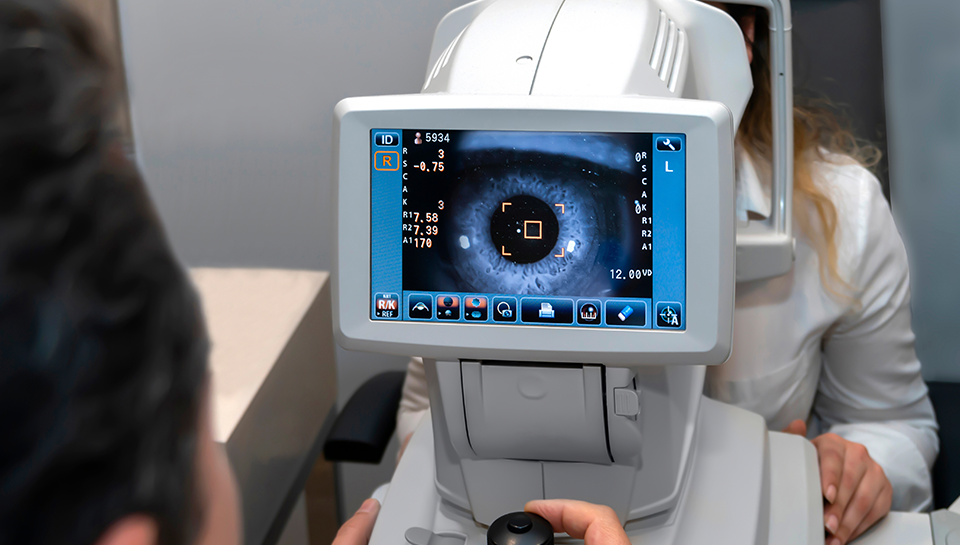What is a pinguecula?
Blog:What is a pinguecula?

A pinguecula is a common non-cancerous growth or yellowish bump that forms on the conjunctiva, which is the clear, thin tissue that covers the white part of the eye (sclera) and lines the inside of the eyelids. Pingueculae typically develop on the side of the eye near the nose, but they can also occur on the side closer to the ear.
Key characteristics of a pinguecula include:
- Appearance: Pingueculae often appear as small, raised, and yellowish or white bumps on the conjunctiva.
- Location: They usually develop on the exposed portion of the eye that is most exposed to environmental factors like sunlight, wind, dust, and pollutants.
- Causes: Pingueculae are primarily caused by chronic exposure to ultraviolet (UV) light from the sun, as well as other environmental irritants. Long-term exposure to these elements can lead to the development of this growth.
- Symptoms: Pingueculae are typically asymptomatic, meaning they don't cause pain or significant discomfort. However, they can occasionally become inflamed and cause symptoms like redness, irritation, and a gritty sensation in the eye.
- Treatment: In most cases, pingueculae do not require medical treatment. Lubricating eye drops or artificial tears can help alleviate mild discomfort. If they become inflamed, a doctor may recommend anti-inflammatory drops. Surgical removal may be considered in rare cases when a pinguecula causes severe discomfort or vision problems.
It's important to protect your eyes from excessive UV exposure by wearing sunglasses with UV protection, as this can help prevent the development or worsening of pingueculae. If you have concerns about a growth on your eye or experience persistent eye discomfort, it's advisable to consult an eye care professional for a proper evaluation and guidance on treatment if necessary.

